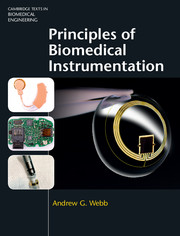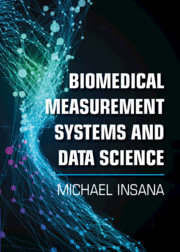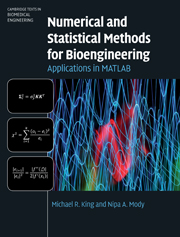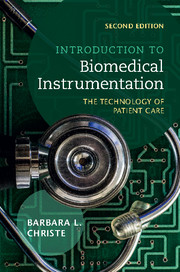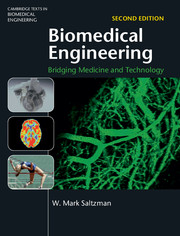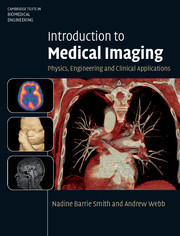Principles of Biomedical Instrumentation
This accessible yet in-depth textbook describes the step-by-step processes involved in biomedical device design. Integrating microfabrication techniques, sensors and digital signal processing with key clinical applications, it covers: the measurement, amplification and digitization of physiological signals, and the removal of interfering signals; the transmission of signals from implanted sensors through the body, and the issues surrounding the powering of these sensors; networks for transferring sensitive patient data to hospitals for continuous home-monitoring systems; tests for ensuring patient safety; the cost-benefit and technological trade-offs involved in device design; and current challenges in biomedical device design. With dedicated chapters on electrocardiography, digital hearing aids and mobile health, and including numerous end-of-chapter homework problems, online solutions and additional references for extended learning, it is the ideal resource for senior undergraduate students taking courses in biomedical instrumentation and clinical technology.
- Emphasises the electronic aspects of medical instrumentation and current technologies
- Links the design of different medical devices with their actual clinical applications
- Includes end-of-chapter homework problems, solutions and additional references
Product details
February 2018Hardback
9781107113138
344 pages
253 × 192 × 19 mm
0.9kg
230 b/w illus.
Available
Table of Contents
- 1. Biomedical instrumentation and devices
- 2. Sensors and transducers
- 3. Signal filtering and amplification
- 4. Data acquisition and signal processing
- 5. Electrocardiography
- 6. Electroencephalograpy
- 7. Digital hearing aids
- 8. Mobile health, wearable health technology and wireless implanted devices
- 9. Safety of biomedical instruments and devices
- Appendix. Safety policy documents.

